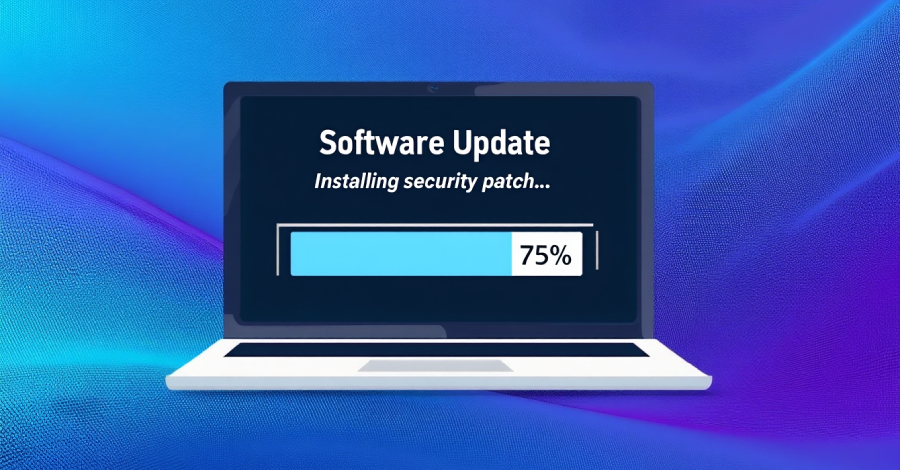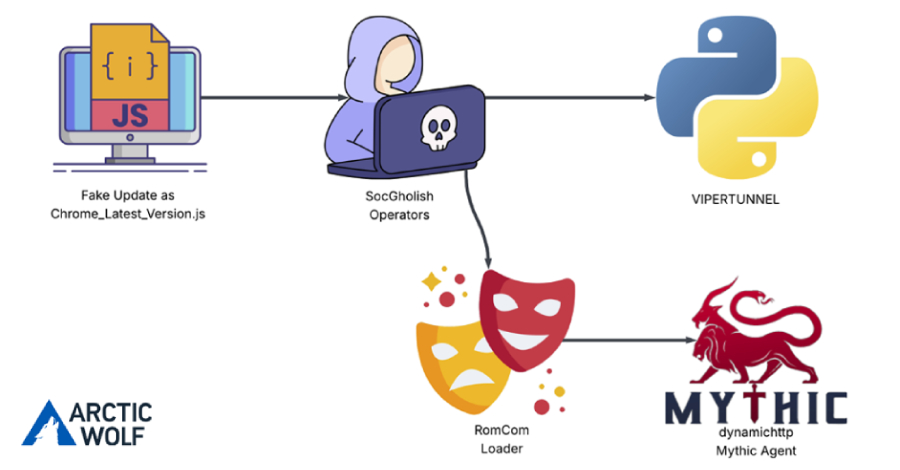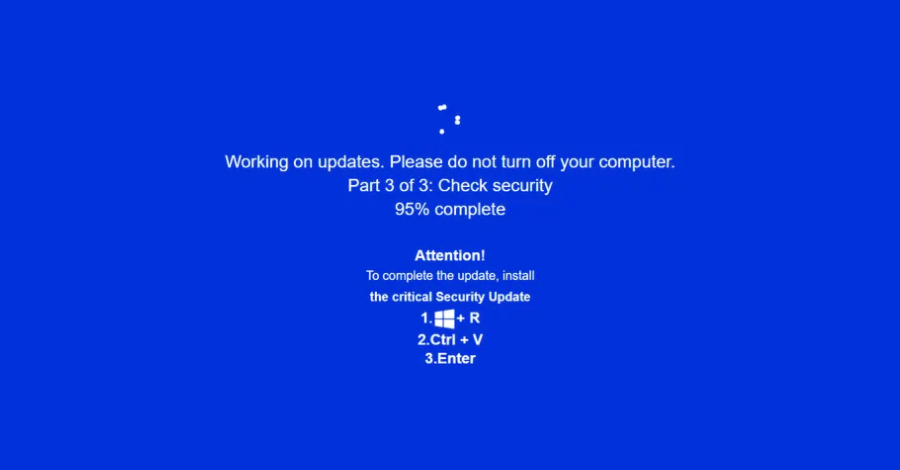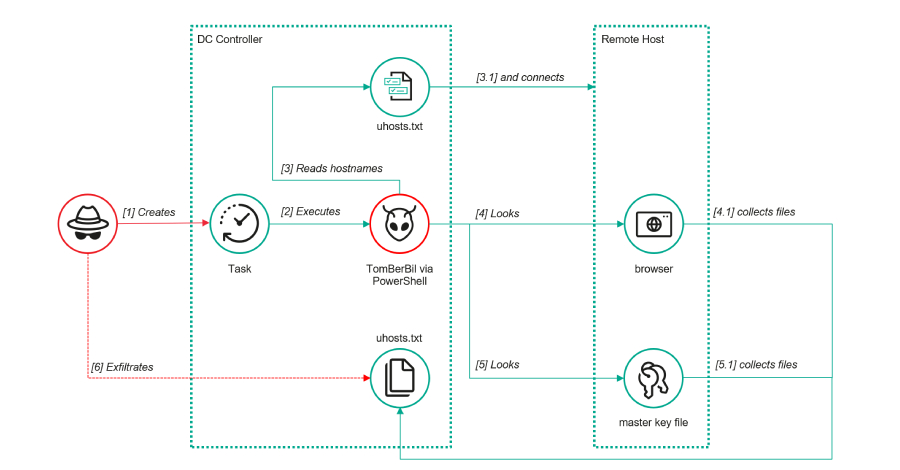Gainsight Expands Impacted Customer List Following Salesforce Security Alert
Gainsight has disclosed that the recent suspicious activity targeting its applications has affected more customers than previously thought. The company said Salesforce initially provided a list of 3 impacted customers and that it has “expanded to a larger list” as of November 21, 2025. It did not reveal the exact number of customers who were…
Read more










